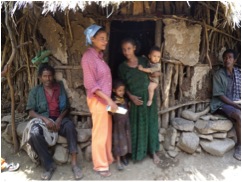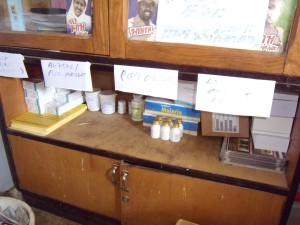QUESTION
What is a good organization that helps stop malaria?
ANSWER
There are many organizations that work very hard to control malaria. The most well known are those that design policies and implement projects to control malaria on the ground, in places where the disease is most deadly. These include multilateral international organizations such as UNICEF and the World Health Organization (as well as its regional counterparts, such as the Pan-American Health Organization, PAHO), country-led aid organizations such as DIfD in the UK and USAID in the US (the President’s Malaria Initiative, PMI, is largely implemented via USAID) as well as non-governmental organizations which seek to improve the lives of people in developing countries, such as Save the Children, Malaria No More and many other such groups.
Some of these groups have also joined forces to create multi-faceted organizations and programmes dedicated to controlling malaria, such as the Roll Back Malaria consortium and the Global Fund to fight AIDS, TB and Malaria, which provides millions of dollars of funding to projects throughout the world.
Secondly, there is also an aspect to malaria control which is not so easily seen on the ground, and that is the vast numbers of researchers who are dedicated to finding new drugs to treat malaria, new methods for control and new insecticides to prevent transmission from mosquitoes, among many other examples. These researchers are found in universities and research institutes all over the world, including many in sub-Saharan Africa, India and other places where the burden of malaria is very high.
On our website, you can find some personal accounts of scientists, working for the global pharmaceutical company AstraZeneca, who are doing drug discovery research in Bangalore, India. There are also blog posts from scientists at Princeton looking at transmission of malaria between monkeys and humans in south-east Asia, and information about cutting edge research at the Global Health Group at the University of California, San Francisco, whose members conduct work on a variety of aspects of malaria biology and control initiatives.


